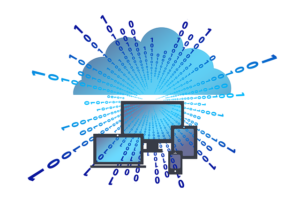
Have you heard of blue phase? It’s one of several liquid-crystal display (LCD) technologies. Originating in 2007, blue phase uses liquid crystals like all other LCD technologies. The liquid, organic crystals form the pixels. Blue phase, however, differs from other LCD technologies in several ways.
What Is Blue Phase?
Blue phase is a new LCD technology that’s characterized by a special liquid crystal phase. Unlike with other LCD technologies, it doesn’t use a nematic phase. Rather, blue phase lives up to its namesake by using a blue phase. The liquid crystals enter a blue phase during operation, which changes their performance.
Faster Frame Rates
When compared to other LCD technologies, blue phase typically delivers faster frame rates. Frame rate is the speed at which a display can change its images or frames. The higher the frame rate, the smoother the frame-to-frame transition will be.
Blue phase is able to deliver faster frame rates than traditional LCD technologies like in-plane switching (IPS) and twisted nematic (TN). Frame rates for blue phase LCDs range from 120 to 240 Hz. In other words, they can change their images or frames 120 to 240 times per second, respectively.
Wider Viewing Angles
Blue phase offers wider viewing angles than that of other LCD technologies. As you may know, viewing angle refers to the angle at which you can view the images on a display. You can always view the images while sitting or standing directly in front of a display. As you move farther to the side, though, the image may disappear from your sight
With their wide viewing angle, you can view blue phase LCDs farther from the side. Blue phase LCDs deliver faster frame rates and offer wider viewing angles than other types of LCDs.
Energy Efficient
It’s also worth noting that blue phase is an energy-efficient LCD technology. All LCD technologies are energy efficient. They are far more energy efficient than other display technologies like cathode-ray tube (CRT).
Blue phase LCDs, though, are known for their energy-efficient properties. They require less energy to run than most other types of LCDS. As a result, blue phase LCDs have a lower operational cost.
In Conclusion
Blue phase differs from other LCD technologies in several ways. It uses a different phase for the pixels. And with this alternative “blue” phase, blue phase yields faster frame rates, wider viewing angles and a superior level of energy efficiency.
